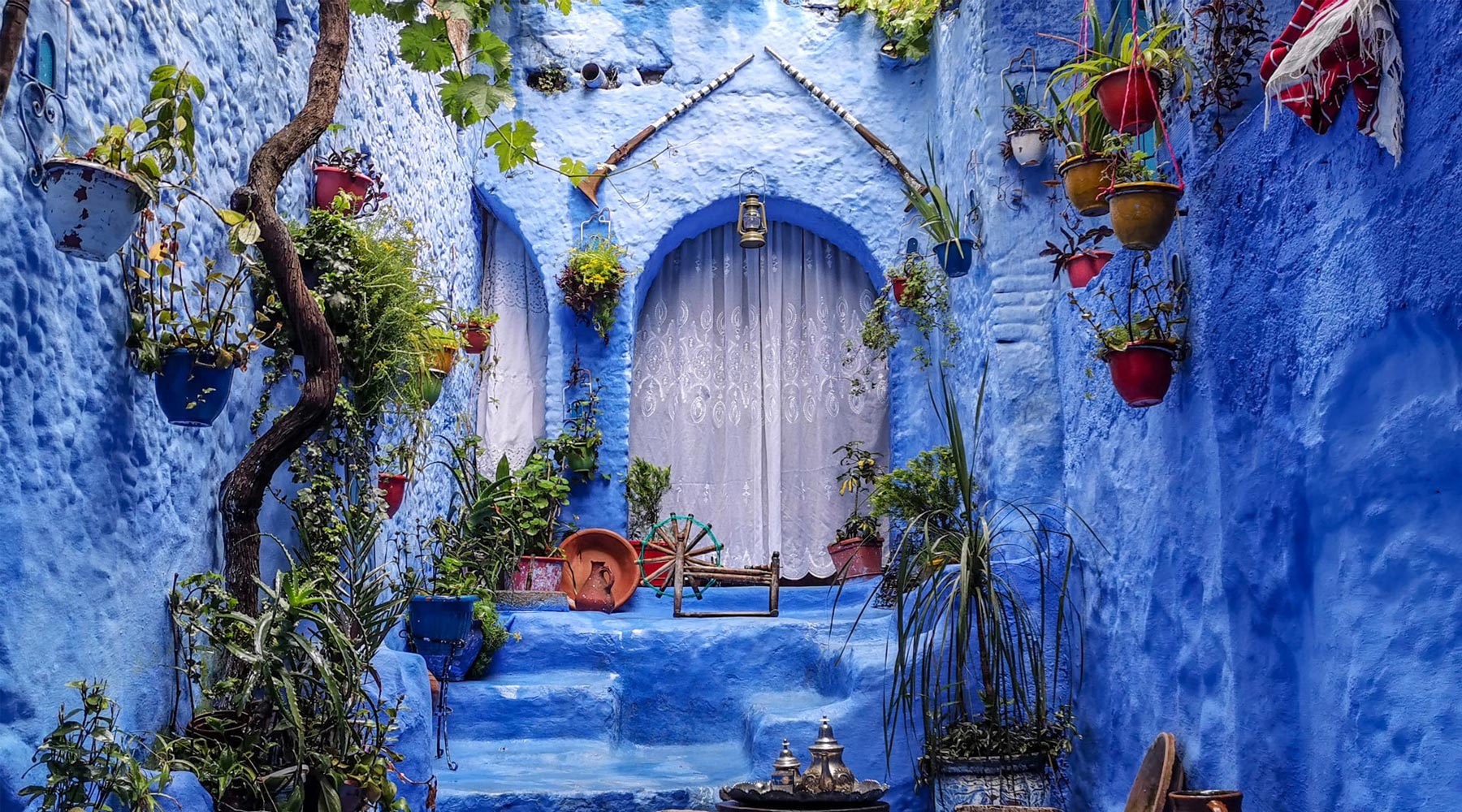Chefchaouen is famed as the Blue Pearl of Morocco for its dreamlike blue and white maisons and charming avenues. The mysterious blue hue of the medina—a term used to describe historic, walled city centers—is an enigma that has captivated travelers for years. The palette of blue transforms Chefchaouen into a realm reminiscent of a sky kingdom, making it an admired destination for globetrotters. Beyond its gorgeous exterior, the medina offers a variety of attractions that cater to diverse tastes. Along with Arabic and French, a sprinkle of Spanish influence adds another layer to the cultural experience in Chefchaouen.
Why So Blue?
The white-washed structures showcase a blend of Spanish and Moorish architecture, but it’s the striking shades of blue that set this medina apart. Various theories attempt to explain why these walls are painted blue. One historical perspective connects the color to Jewish traditions—where blue represents the heavens—and is often used in fabrics, utensils, and walls. Other locals believe that painting houses blue helps cool the interior and even repels mosquitoes. Some residents say that the blue reminds them of the deep Mediterranean or the nearby Ras el-Maa Waterfall, which supplies fresh water to the community. Whatever the reason, the enchanting blue wash is integral to the aesthetic charm that has also bolstered tourism.
Wandering through the dreamy blue alleys and spotting the pampered stray cats only heightens the magic of the medina.
Chefchaouen for History Enthusiasts
The history of the medina dates back to 1471 under the leadership of Moulay Ali Ben Moussa. Initially established as a small fortress to resist Portuguese invasions, Chefchaouen evolved over the centuries. Following the Spanish Reconquista in 1492, the area saw an influx of Ghomara tribes, Moriscos, and Jews. Later, under Spanish rule since 1920, the medina retained much of its character until Chefchaouen rejoined Morocco upon the country’s independence in 1956.
The Spanish Mosque
Perched on a hill above the medina, the Spanish Mosque is a fascinating relic of the 1920s during the war period. Although it was never used for worship, this abandoned mosque offers an unobstructed panoramic view of Chefchaouen after an easy 45-minute hike. Unlike other mosques in Morocco where entry may be restricted to Muslims, non-Muslims are welcome here, making it a unique cultural and historical landmark.
The Kasbah Museum
Dominating the main piazza, the Kasbah stands as a testament to Chefchaouen’s multifaceted past. Originally a defensive fort, it served roles ranging from a prison to a royal palace. Today, it is home to an anthropological museum and art gallery. Surrounding the Kasbah are lovely Spanish-style gardens—a perfect spot for a peaceful escape from the bustling medina. Climb the fort tower for breathtaking views over the city and delve into the rich displays of ancient artifacts, traditional crafts, and historical garments.
Jama’a Kabir Hammam
An integral part of Moroccan culture, a visit to a hammam (public bath) offers both rejuvenation and a window into local traditions. The Jama’a Kabir Hammam, located near the mosque of the same name in the medina’s central square, provides an authentic experience. Originating from Roman bathing traditions and evolving through Islamic practices, these communal baths involve a sequence of relaxation, steam, and a thorough scrub with traditional Savon Beldi and a Kessa glove. Though the custom may seem challenging at first, simply follow the attendants’ guidance and embrace the ritual to leave with refreshed skin and a deeper appreciation of Moroccan heritage.
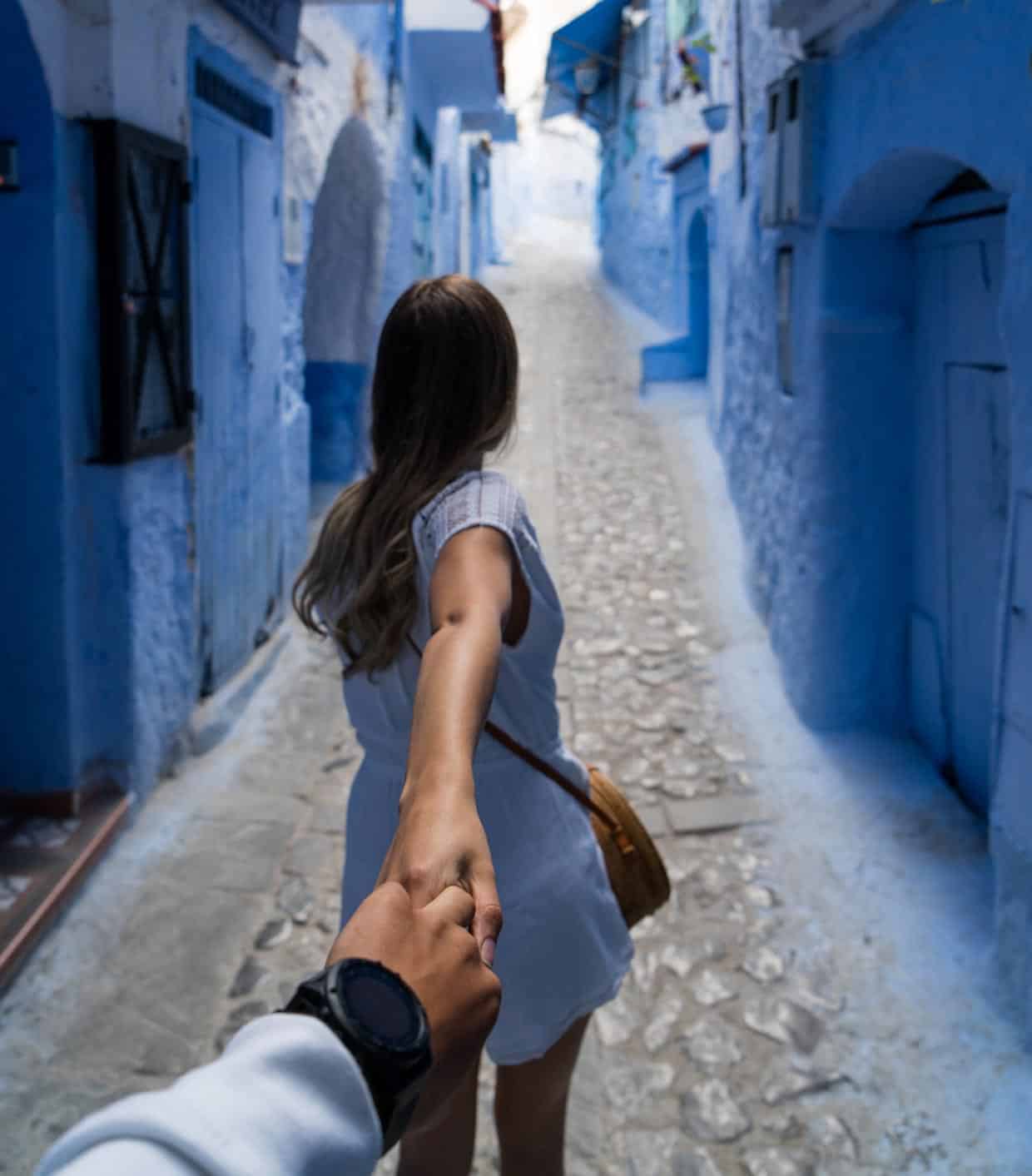
The Adventurous Side of Chefchaouen
Nestled within the Rif Mountains, Chefchaouen offers a plethora of opportunities for adventure seekers. The surrounding valleys, rugged gorges, and scenic peaks provide a stunning backdrop where arid landscapes mingle with babbling mountain streams. Hikers can explore trails that lead near the village of Jebel El Kelaa and through the verdant paths of Afeska—routes that eventually offer astonishing views of the Mediterranean coastline. For more details on nearby attractions, check out our Tangier and Tetouan guides.
Ras El Maa Waterfall
This small yet charming waterfall is located on the outskirts of the medina amid a lush forest. It’s an ideal spot to relax with a warm cup of mint tea while your feet dip into the cool mountain meltwater. Conveniently situated near the Spanish Mosque, planning a visit to both attractions in one outing is highly recommended.
Jeb Al Kalaa
Overlooking the medina like a silent guardian, Jeb Al Kalaa promises an invigorating hiking challenge. The trek to the summit, taking around 6-8 hours, may test your endurance, but local guides are available for hire to ensure you navigate safely. Once at the top, immerse yourself in the panoramic vistas of the surrounding peaks, the blue medina below, and the expansive Rif Mountains—a must-do for adventure enthusiasts.
Talassemtane National Park & Akchour
Just about an hour’s drive from Chefchaouen lies Talassemtane National Park, a haven for nature lovers and families alike. With its unique flora and fauna, the park offers guided hikes that meander among ancient trees and rugged cliffs. From here, continue your journey to the Akchour area where you can marvel at emerald pools, towering waterfalls, and deep canyons. Start your adventure by exploring the Akchour waterfalls and the iconic Bridge of God—a natural stone arch that is as impressive as it is photogenic. Remember to wear sturdy shoes for the steep trails!
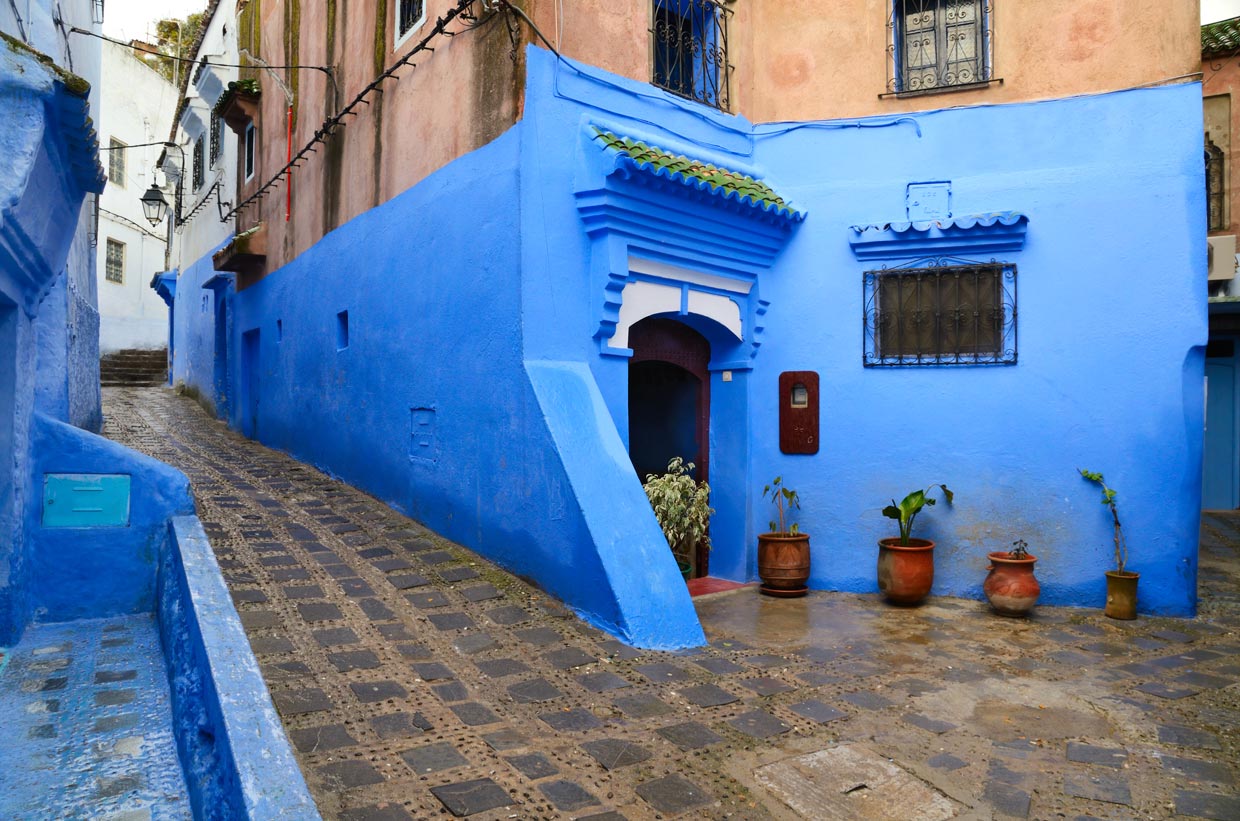
Gastronomy in Chefchaouen
Your taste buds will be delighted by the unique blend of spices and textures that define Chefchaouen’s cuisine. The aroma of freshly baked bread emerging from traditional wood-fired ovens, combined with the fragrant herbs and spices, creates a culinary adventure that is both authentic and unforgettable.
For lunch or dinner, savor the medina’s signature Moroccan-style dish—a delicious plate featuring fish, vegetables, spices, and olive oil served atop a bed of light, fluffy couscous. This dish is often enriched with Ras El Hanout, a complex mix of nearly 30 spices including turmeric, paprika, cardamom, chili, cumin, and cinnamon. Other local favorites include kefta (lamb meatballs) and a variety of tajines (slow-cooked stews served in clay pots).
Don’t miss the opportunity to dine at renowned local establishments. Casa Hassan’s Tissemlal Restaurant, a guest house and eatery, offers an open-plan kitchen that gives you a glimpse of the culinary process. For a unique dining experience, try Chez Aladdin, with its terrace that provides stunning rooftop vistas over the city. Restaurant Populaire Bab Ssour is also a popular choice among visitors. For a casual breakfast, head to the main square and enjoy local dishes while Lala Mesouda is widely acclaimed for its homemade tagines and spicy couscous. Signature recipes like Baqula (a salad of cooked greens with special sauces), Chardon (artichoke thistle fried in olive oil), and Safarjal (a delightful blend of quince and beef) are must-tries.
If you’re seeking refreshing beverages after a hearty meal, sample a glass of freshly squeezed orange juice to cool down in the summer heat. Alternatively, a traditional mint tea—made by boiling green tea leaves with fresh mint and sweetened with sugar—offers a soothing experience that is not only healthy but also an integral part of Moroccan sociability.
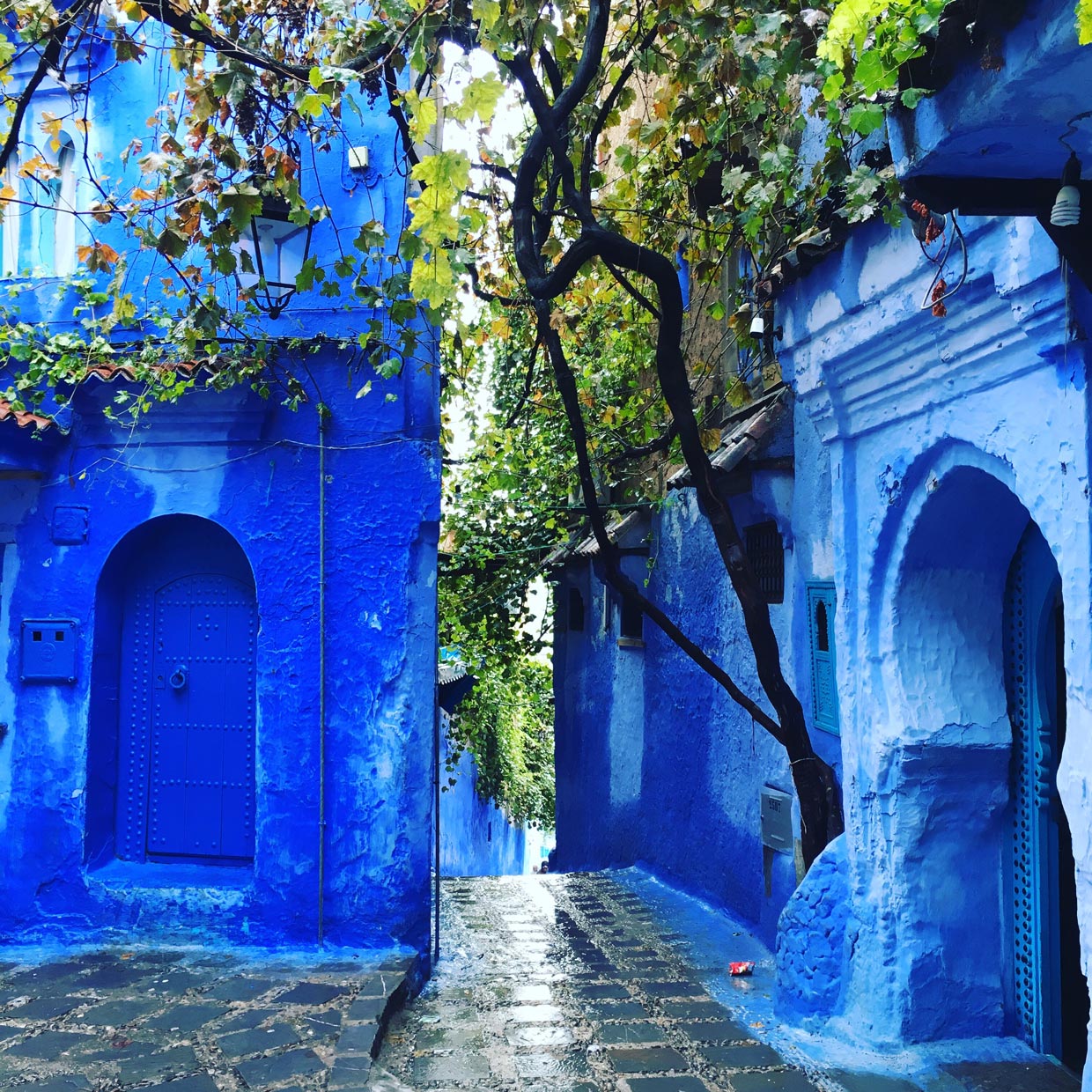
Fulfilling Shopaholic Desires
Strolling through the Chefchaouen medina is like stepping into another world, one filled with enchanting boutiques and vendor stalls that tempt every shopaholic. Nestled on the winding hillside streets, you’ll find a vibrant assortment of brass teapots, intricately patterned plates, traditional handwoven blankets, and colorful shawls that add to the city’s charm.
Be sure to explore the covered trove near Hassan 1, where stacks of silver plates and jewelry capture your eye. As you wander the cobbled paths, you will encounter local stores selling cardigans, shawls, and blankets crafted from sheep’s wool or camel hair. Near the Kasbah, unique handmade tagine clay pots, elegantly decorated, are waiting to be discovered. Remember, bargaining is part of the shopping tradition in Morocco. Make sure to ask for the seller’s initial offer before negotiating—typically, starting at half the price and gradually settling on a fair compromise is the way to go.
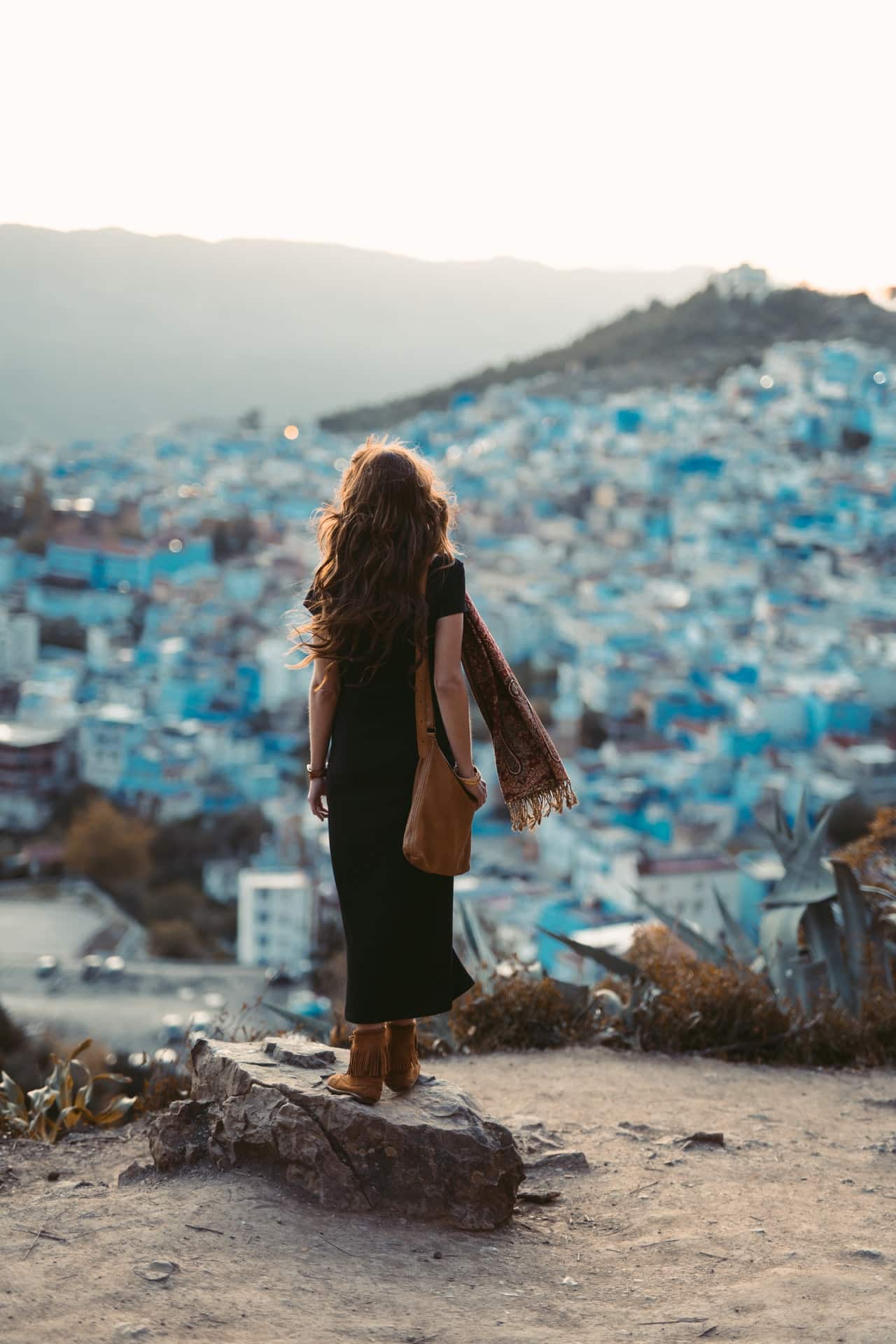
Getting to Chefchaouen and Getting Around
Embarking on a journey to Chefchaouen is an adventure in itself. Nestled among the rugged mountains and peaks, this medina is somewhat remote but well worth the effort. The easiest way to reach Chefchaouen is by taxi or local bus departing from major nearby cities such as Tangier and Tetouan. There are no direct flights or trains to Chefchaouen. However, if your journey begins in Marrakech, you can fly or take a night train to Tangier and then continue your travel by taxi or bus.
Once you arrive, navigating the medina is best done on foot. Many attractions lie within walking distance, and numerous hiking trails also lead to the surrounding nature spots. Alternatively, renting a car is another convenient option if you plan to explore other medinas around the region.
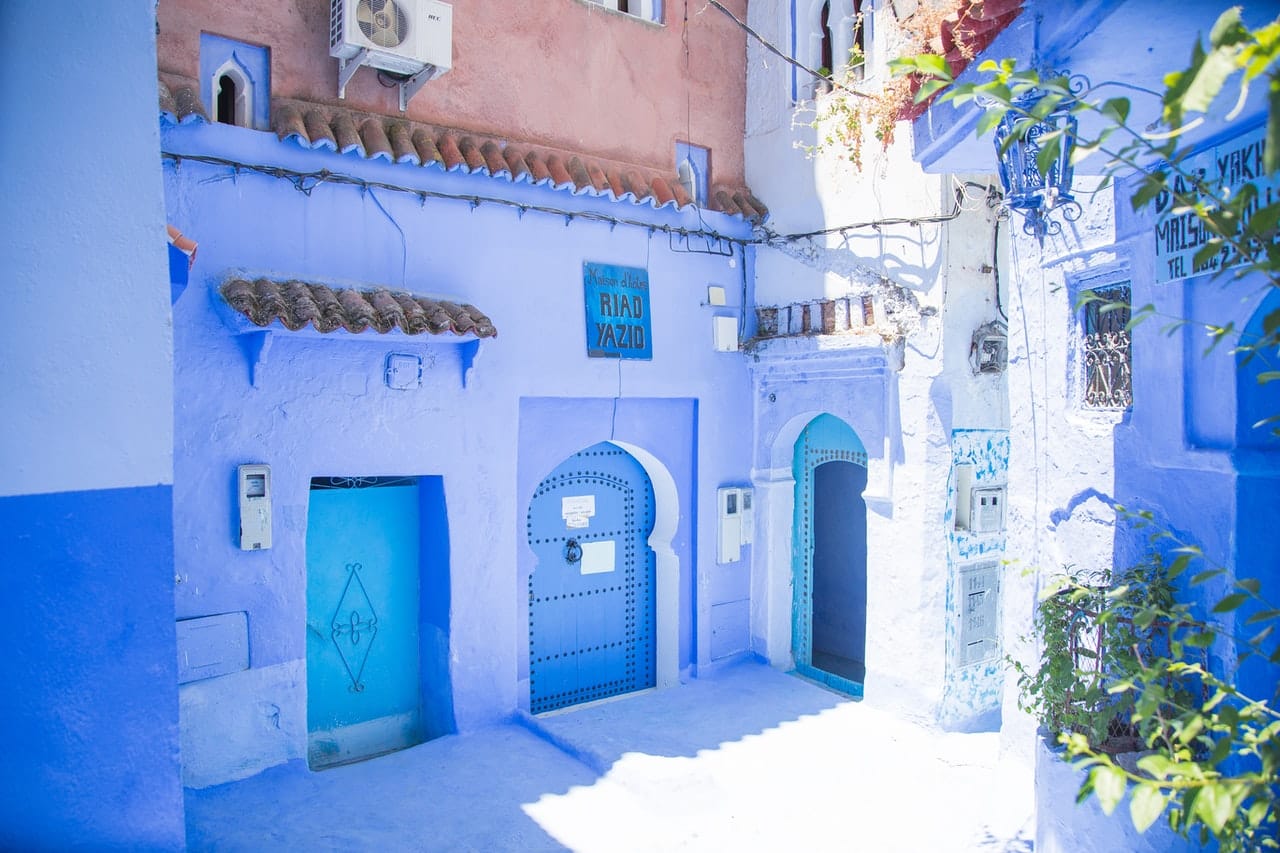
Where to Stay
Accommodation in Chefchaouen ranges from budget-friendly hostels to luxurious traditional ryads. Staying in a ryad offers you an immersive experience as you wake up to stunning sunrises, marvel at the sunset, and enjoy quiet, starry nights from rooftop terraces that overlook the blue cityscape. Many ryads, such as the fancy Lina Ryad and Spa, offer picturesque courtyard views, comfortable rooms, and even on-site spas for an extra touch of luxury. Casa Hassan, previously mentioned for its restaurant, doubles as a guest house, while Casa Perleta and Ryad Assilah Chaouen also rank among the top-rated options.
Dining is often served as part of your stay, with traditional Moroccan breakfasts featuring local bread, homemade jams, and fresh fruits served on terraces that capture the essence of Chefchaouen.
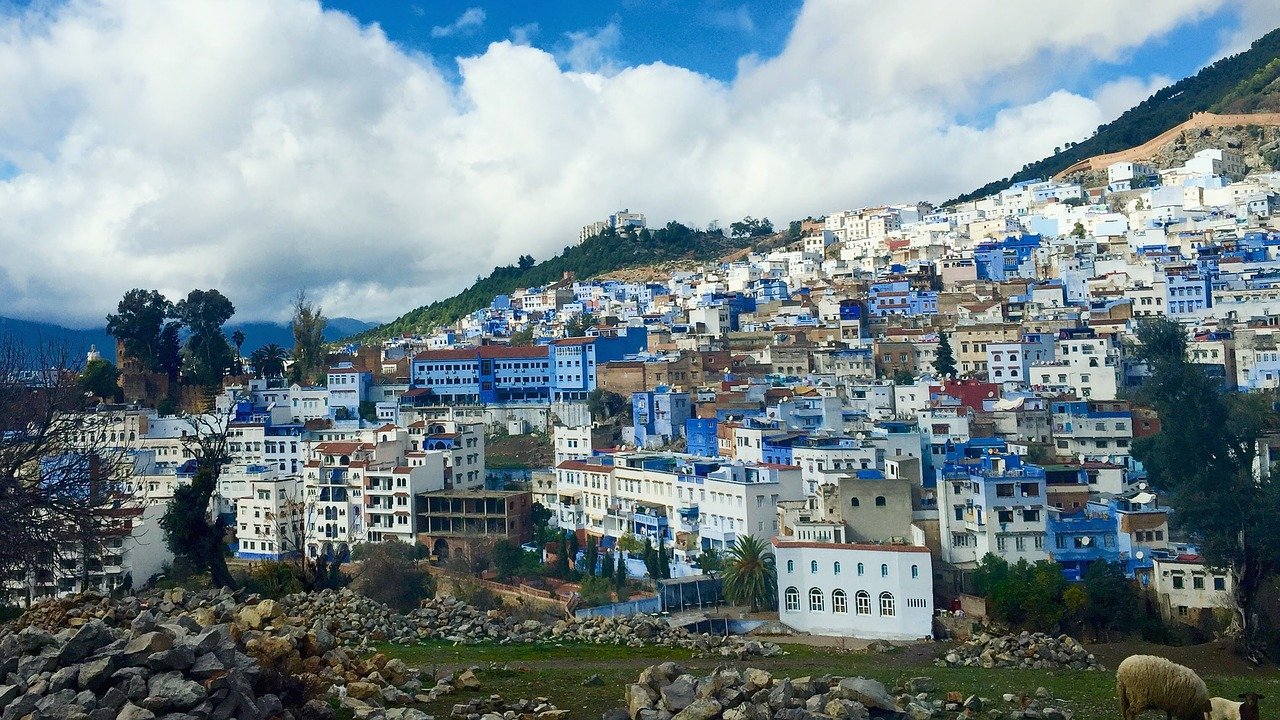
When to Go
The best time to visit Chefchaouen is during the spring (from March to May) when wildflowers bloom along the roads leading to the medina or during autumn (September to November) when the climate is pleasantly mild. Even in summer, Chefchaouen’s relatively cooler temperatures offer a welcome respite from Morocco’s hotter regions. Consider your preferred climate and plan your trip accordingly for an optimal experience.
